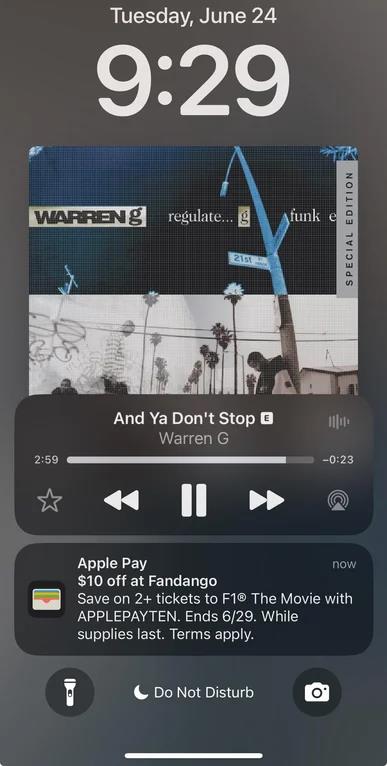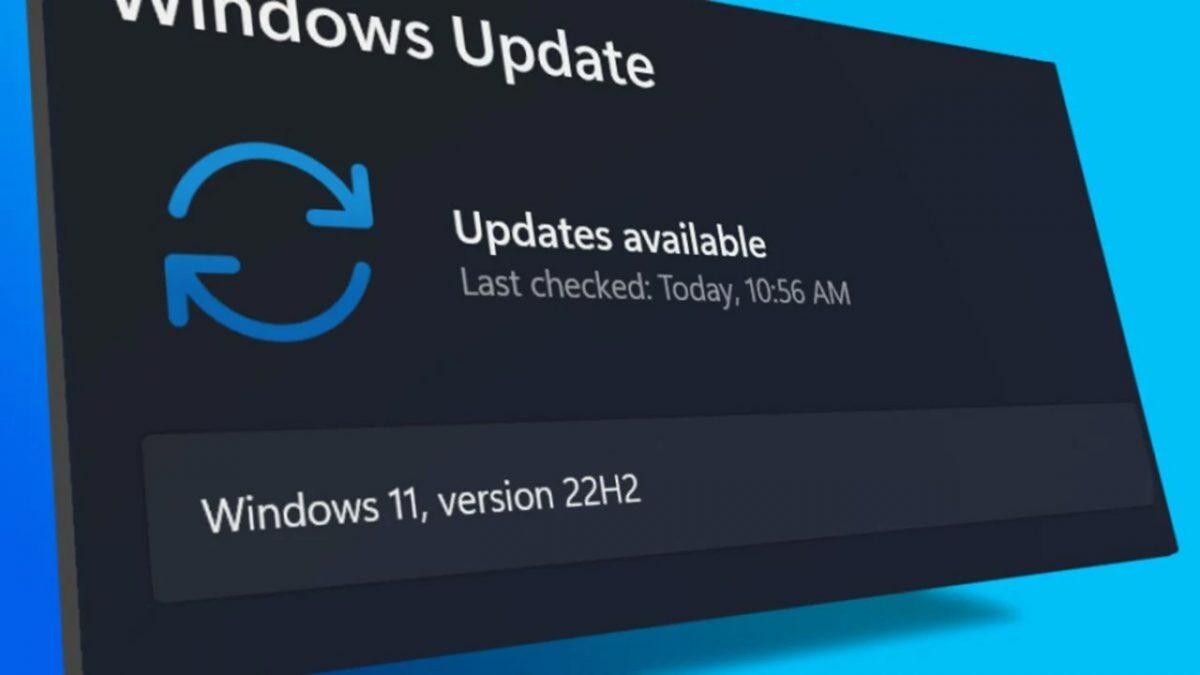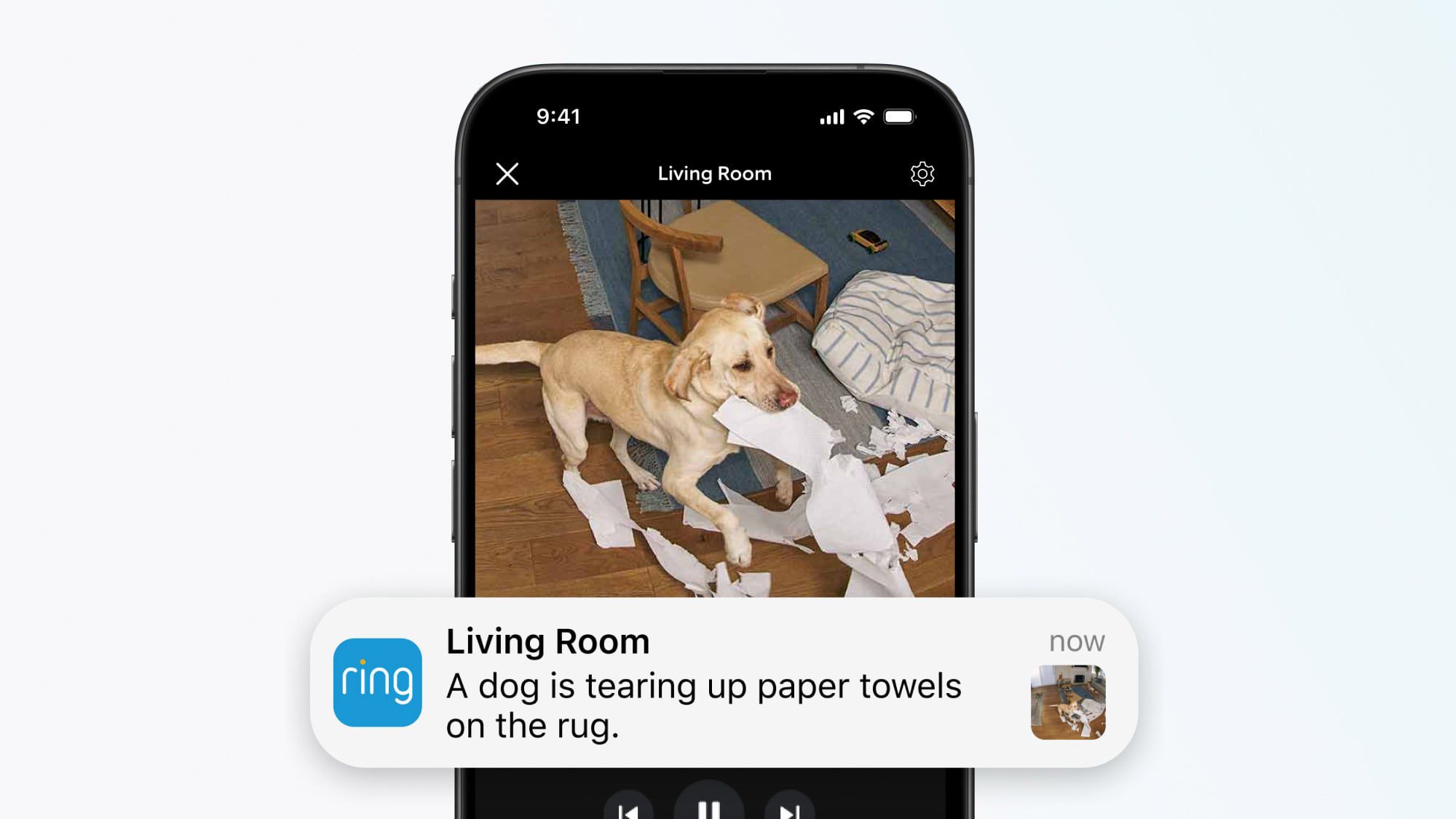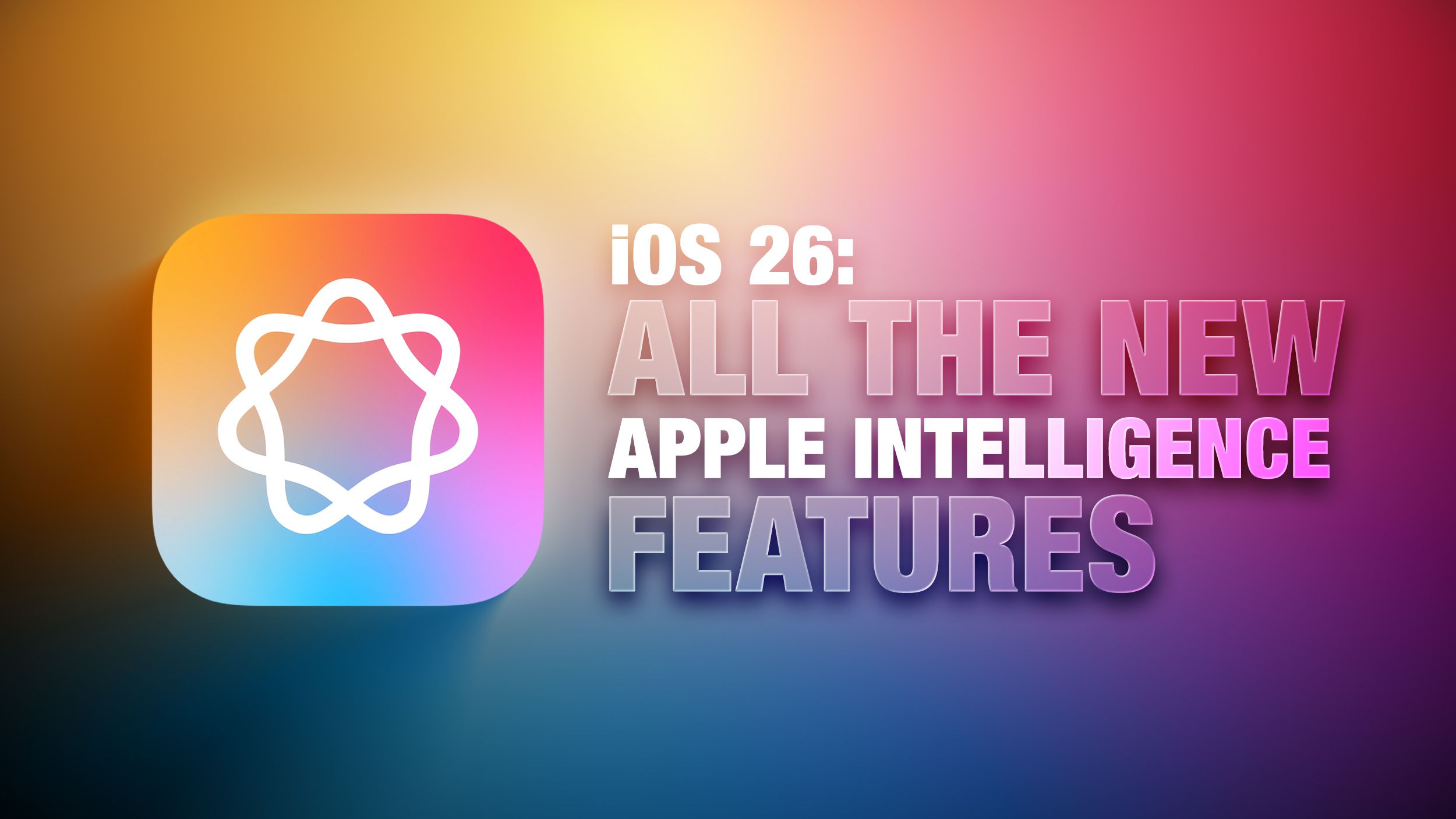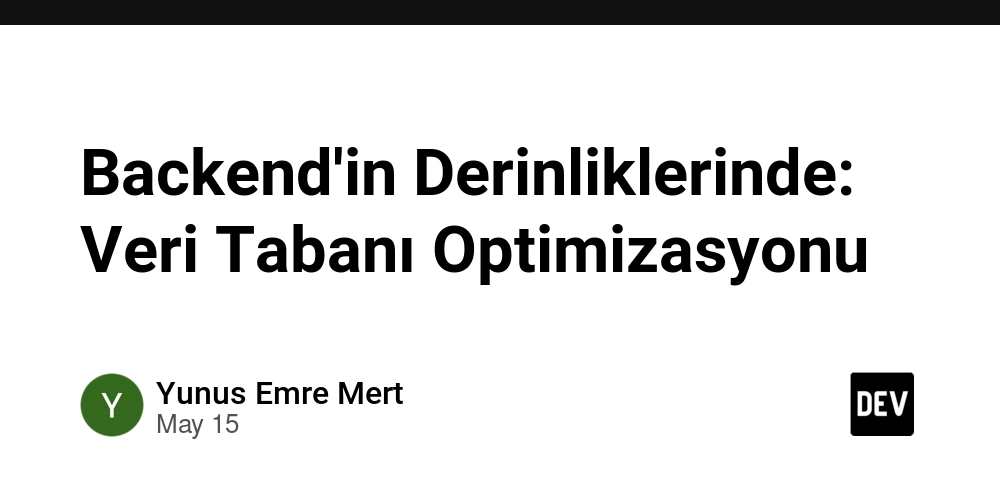How to Implement Validation Logic in C# Using Method References
In modern C#, implementing validation logic within a class can greatly enhance code maintainability and readability. In this article, we will explore how to use a method called TestField within a GLAccount class to validate fields effectively. This method checks if the specified fields are blank, ensuring data integrity throughout your application. Understanding the GLAccount Class The GLAccount class represents an account type used in financial applications. The class generally contains properties like No and Name, which are crucial for identifying the account. Let's take a look at a basic definition of the GLAccount class: public class GLAccount : Table { [Key] public required string No { get; set; } public required string Name { get; set; } // Validation method to check if the field is blank public void TestField(string? fieldValue, [CallerArgumentExpression(nameof(fieldValue))] string fieldName = "") { if (string.IsNullOrEmpty(fieldValue)) { throw new ArgumentException($"{fieldName} cannot be blank in table record {this}"); } } } The Challenge: Passing Class Fields to a Method The difficulty arises when trying to pass the class properties No and Name as parameters to the TestField method. Traditional arguments may not always be practical, especially when we want to maintain the context of which field we're testing. We will implement a solution using lambda expressions. Using Lambda Expressions for Field Reference C# supports lambda expressions, which can provide a powerful way to pass class members as arguments. This allows us to extract the necessary value from the instance while still maintaining a reference to the property. Here’s how you can call the TestField method using a lambda syntax: // Create a new instance of GLAccount var glAccount = new GLAccount(); // Validate the Name field using a lambda expression glAccount.TestField(g => g.Name); Directly Passing Property Values Alternatively, if you prefer to call TestField directly by property name rather than using a lambda expression, it can be achieved but requires a slightly more complex setup to maintain the context. This method utilizes LINQ to achieve the desired validation: public void TestField(Func propertyAccessor, [CallerArgumentExpression(nameof(propertyAccessor))] string fieldName = "") { // Retrieve the value of the field using the provided accessor var fieldValue = propertyAccessor(this); // Check if the value is null or empty if (string.IsNullOrEmpty(fieldValue?.ToString())) { throw new ArgumentException($"{fieldName} cannot be blank in table record {this}"); } } // Create a new GLAccount instance var glAccount = new GLAccount(); // Validate directly using the property accessor glAccount.TestField(g => g.Name); In the above example, TestField now accepts a lambda that retrieves the property value, which allows for flexibility while maintaining neatness in your validation calls. Summary Implementing validation logic in the GLAccount class with a method like TestField can simplify the process of ensuring that field values remain valid throughout your application. By leveraging lambda expressions and functional programming principles, you can efficiently pass properties as arguments to your validation methods. Frequently Asked Questions What happens if I try to validate a property that is null? If you try to validate a property that is null, the TestField method will throw an ArgumentException, indicating that the property cannot be blank. Can I use this method for multiple properties? Yes! You can call the TestField method for any property in your GLAccount class to ensure that all necessary fields are validated before performing further operations. What are the benefits of using lambda expressions in this context? Using lambda expressions allows for cleaner code that is easier to read and maintain. It also prevents hardcoding of property names, reducing errors when renaming fields.

In modern C#, implementing validation logic within a class can greatly enhance code maintainability and readability. In this article, we will explore how to use a method called TestField within a GLAccount class to validate fields effectively. This method checks if the specified fields are blank, ensuring data integrity throughout your application.
Understanding the GLAccount Class
The GLAccount class represents an account type used in financial applications. The class generally contains properties like No and Name, which are crucial for identifying the account. Let's take a look at a basic definition of the GLAccount class:
public class GLAccount : Table
{
[Key]
public required string No { get; set; }
public required string Name { get; set; }
// Validation method to check if the field is blank
public void TestField(string? fieldValue, [CallerArgumentExpression(nameof(fieldValue))] string fieldName = "")
{
if (string.IsNullOrEmpty(fieldValue))
{
throw new ArgumentException($"{fieldName} cannot be blank in table record {this}");
}
}
}
The Challenge: Passing Class Fields to a Method
The difficulty arises when trying to pass the class properties No and Name as parameters to the TestField method. Traditional arguments may not always be practical, especially when we want to maintain the context of which field we're testing. We will implement a solution using lambda expressions.
Using Lambda Expressions for Field Reference
C# supports lambda expressions, which can provide a powerful way to pass class members as arguments. This allows us to extract the necessary value from the instance while still maintaining a reference to the property. Here’s how you can call the TestField method using a lambda syntax:
// Create a new instance of GLAccount
var glAccount = new GLAccount();
// Validate the Name field using a lambda expression
glAccount.TestField(g => g.Name);
Directly Passing Property Values
Alternatively, if you prefer to call TestField directly by property name rather than using a lambda expression, it can be achieved but requires a slightly more complex setup to maintain the context. This method utilizes LINQ to achieve the desired validation:
public void TestField(Func propertyAccessor, [CallerArgumentExpression(nameof(propertyAccessor))] string fieldName = "")
{
// Retrieve the value of the field using the provided accessor
var fieldValue = propertyAccessor(this);
// Check if the value is null or empty
if (string.IsNullOrEmpty(fieldValue?.ToString()))
{
throw new ArgumentException($"{fieldName} cannot be blank in table record {this}");
}
}
// Create a new GLAccount instance
var glAccount = new GLAccount();
// Validate directly using the property accessor
glAccount.TestField(g => g.Name);
In the above example, TestField now accepts a lambda that retrieves the property value, which allows for flexibility while maintaining neatness in your validation calls.
Summary
Implementing validation logic in the GLAccount class with a method like TestField can simplify the process of ensuring that field values remain valid throughout your application. By leveraging lambda expressions and functional programming principles, you can efficiently pass properties as arguments to your validation methods.
Frequently Asked Questions
What happens if I try to validate a property that is null?
If you try to validate a property that is null, the TestField method will throw an ArgumentException, indicating that the property cannot be blank.
Can I use this method for multiple properties?
Yes! You can call the TestField method for any property in your GLAccount class to ensure that all necessary fields are validated before performing further operations.
What are the benefits of using lambda expressions in this context?
Using lambda expressions allows for cleaner code that is easier to read and maintain. It also prevents hardcoding of property names, reducing errors when renaming fields.









































































![[The AI Show Episode 156]: AI Answers - Data Privacy, AI Roadmaps, Regulated Industries, Selling AI to the C-Suite & Change Management](https://www.marketingaiinstitute.com/hubfs/ep%20156%20cover.png)


































































































![[The AI Show Episode 155]: The New Jobs AI Will Create, Amazon CEO: AI Will Cut Jobs, Your Brain on ChatGPT, Possible OpenAI-Microsoft Breakup & Veo 3 IP Issues](https://www.marketingaiinstitute.com/hubfs/ep%20155%20cover.png)






















































































































































































































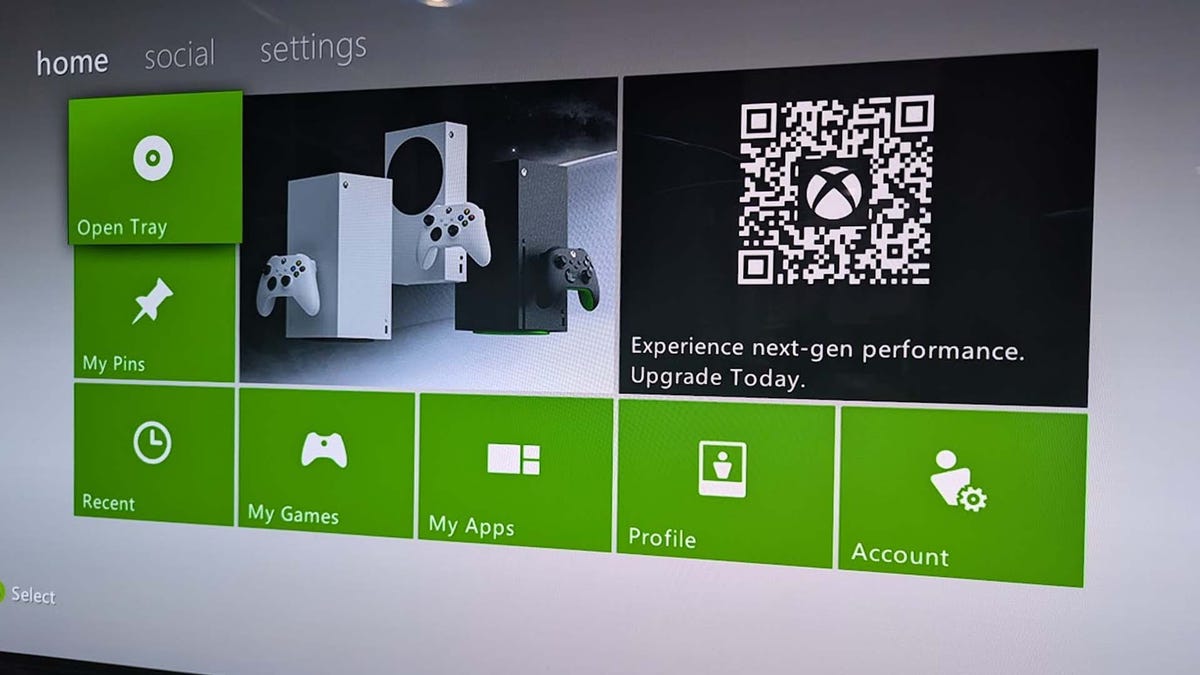
































































































































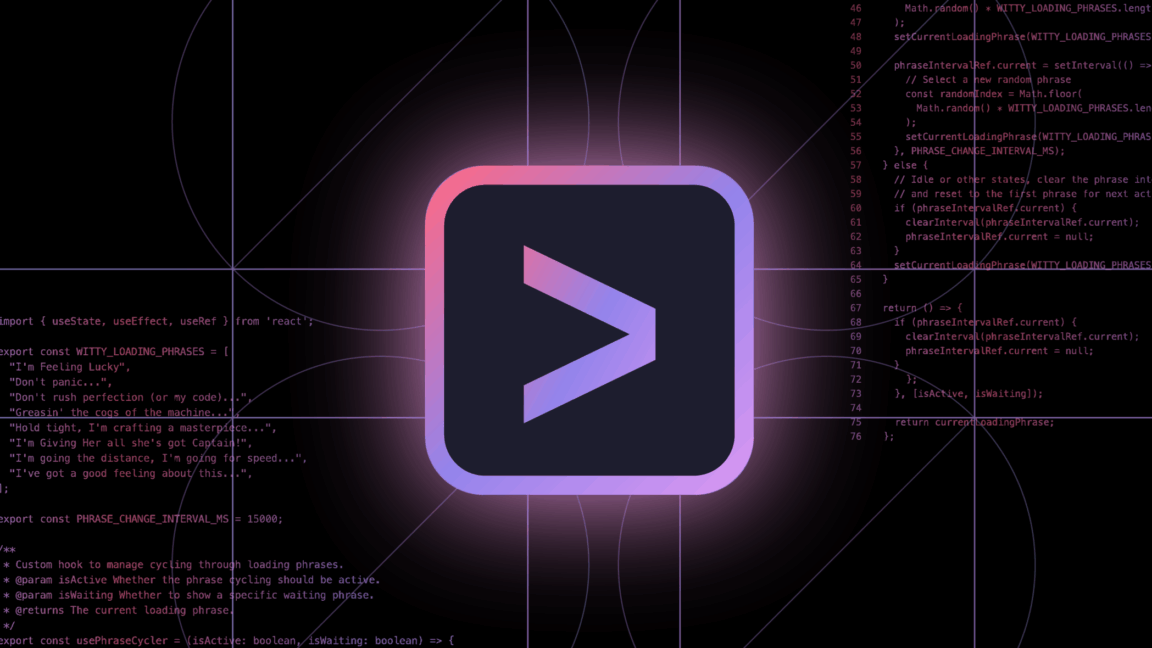
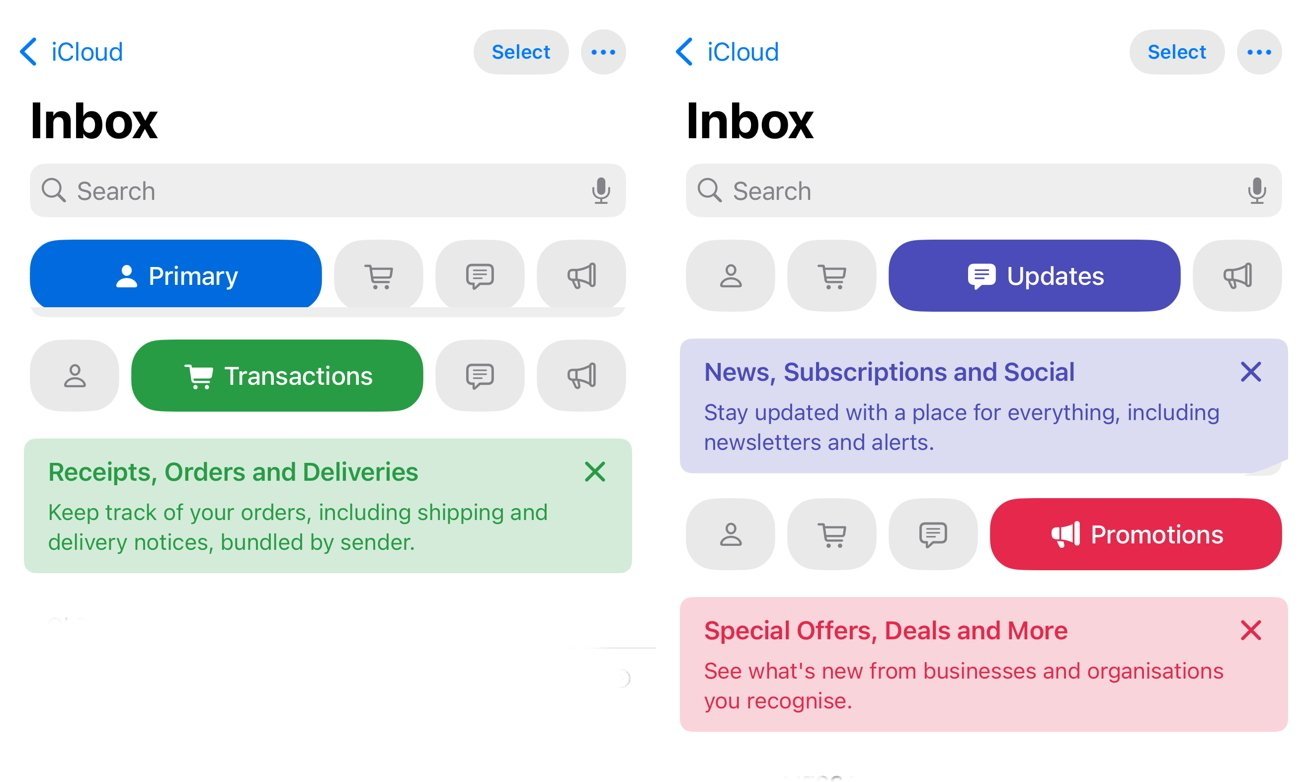


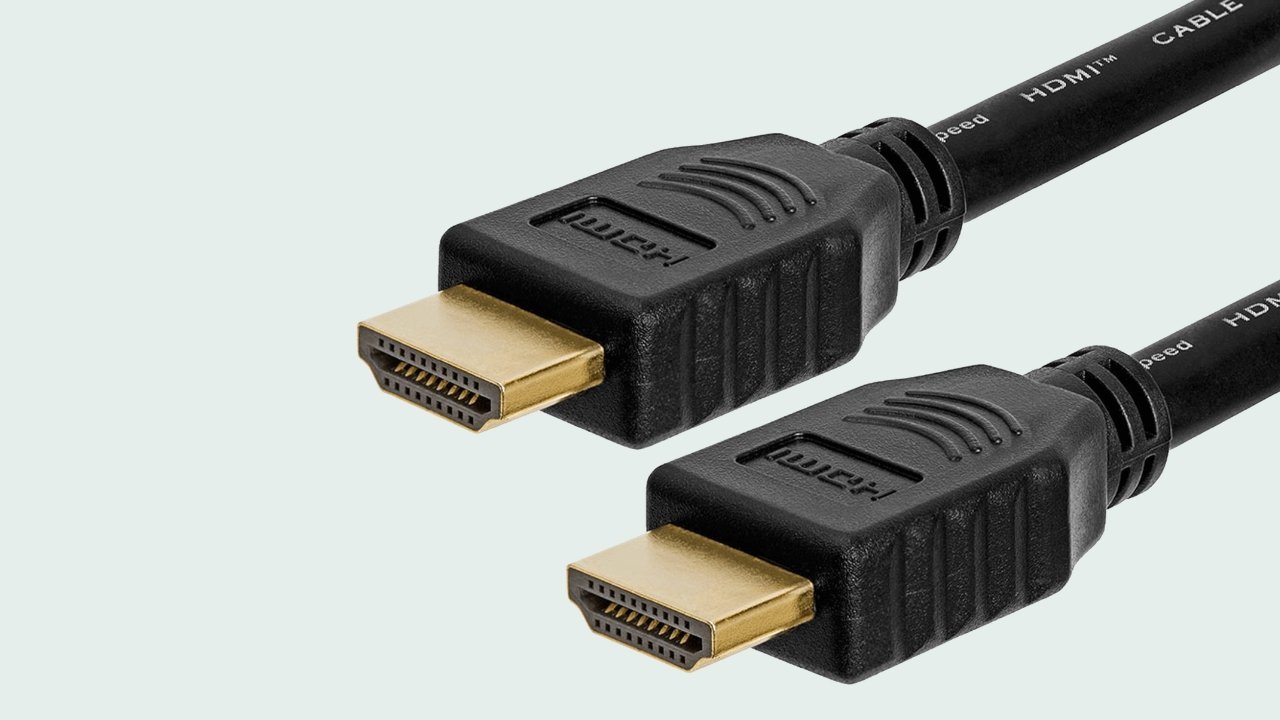
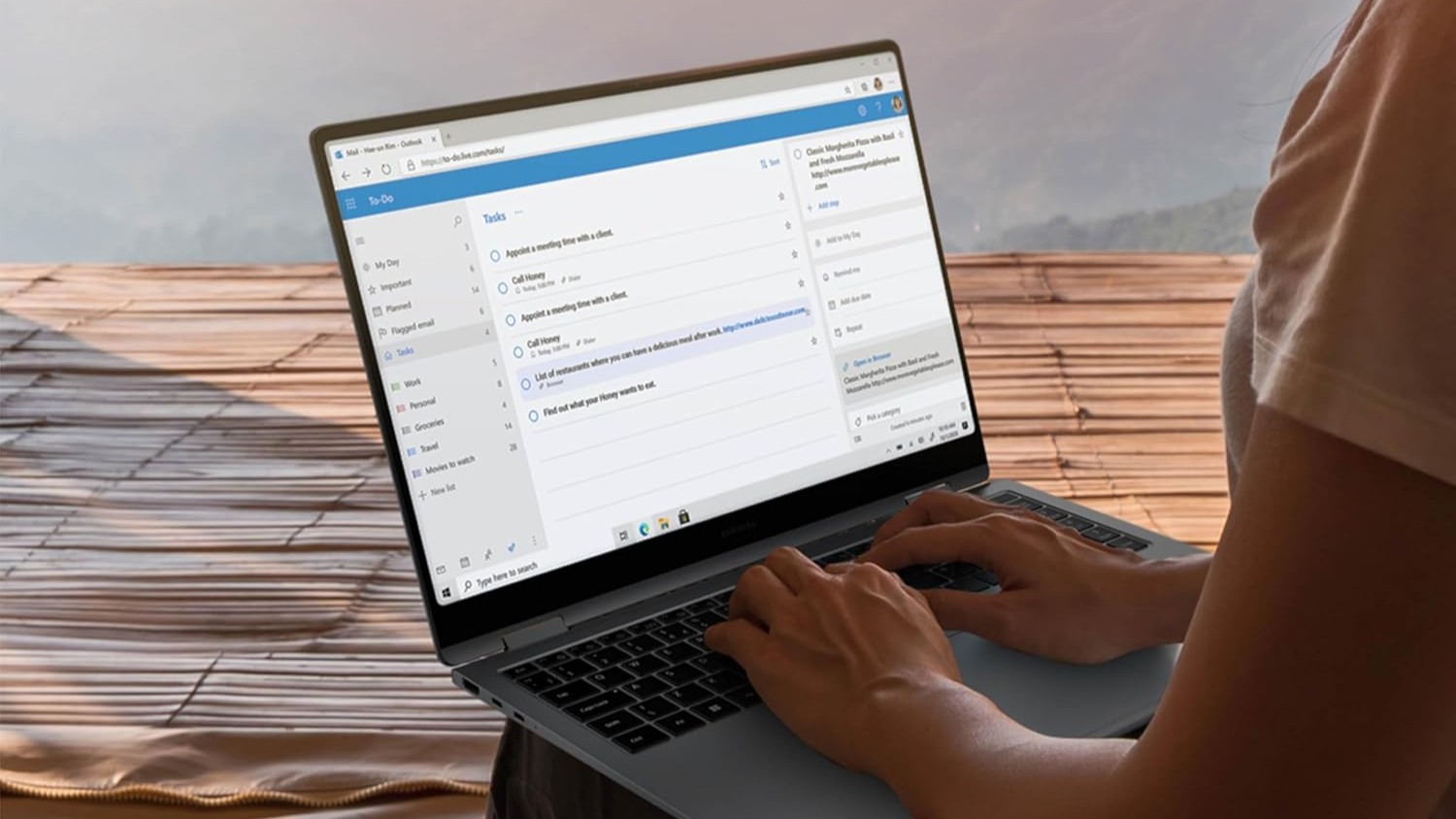





















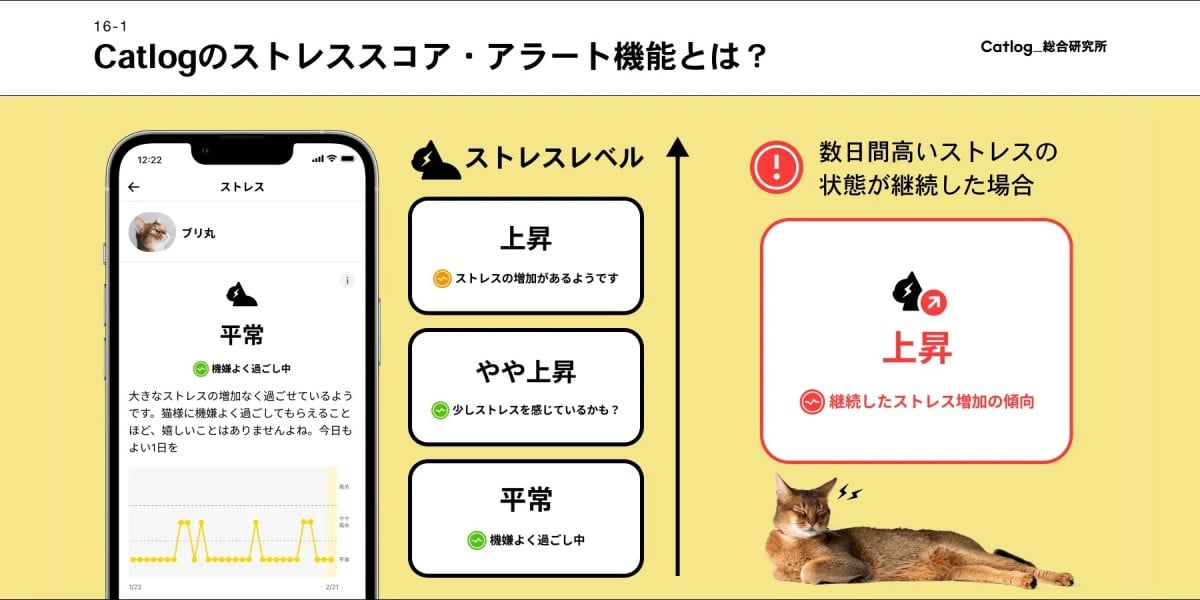




![Mercedes, Audi, Volvo Reject Apple's New CarPlay Ultra [Report]](https://www.iclarified.com/images/news/97711/97711/97711-640.jpg)






















